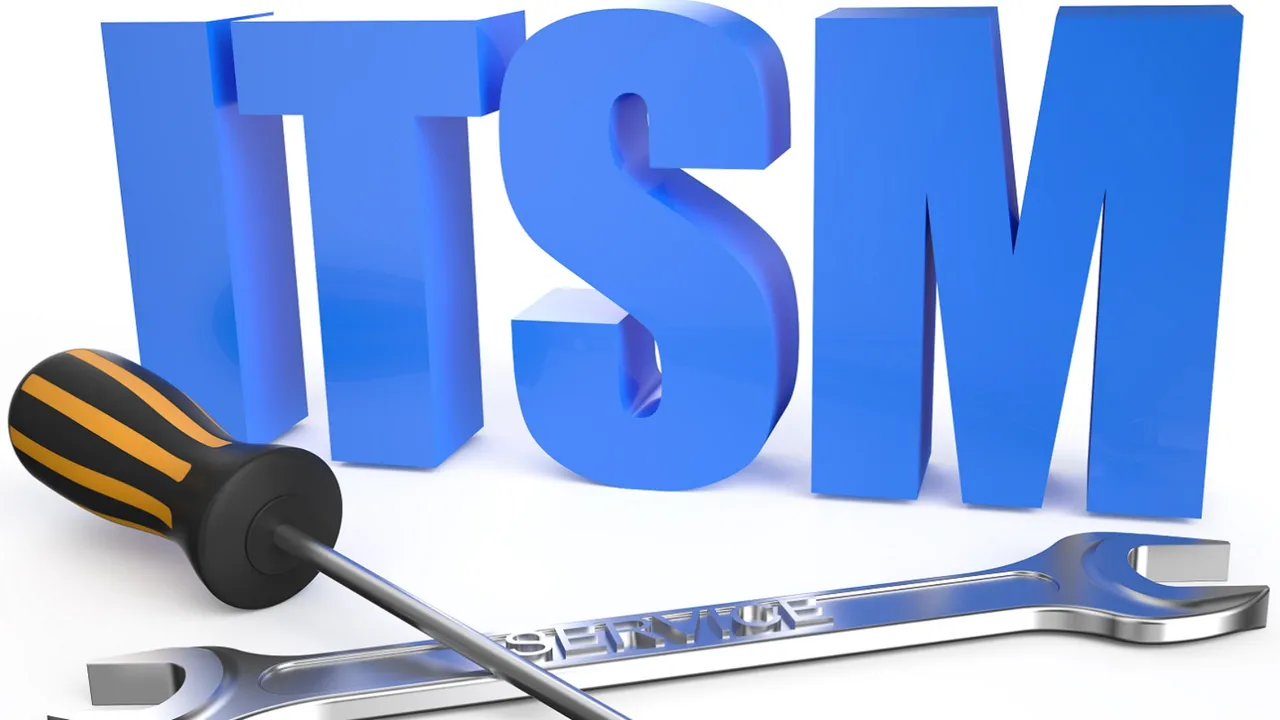
6 Key Trends Reshaping ITSM and ITOps in 2025 — What IT Leaders Need to Know
As an IT consultant immersed in the fast-paced world of IT service management (ITSM) and IT operations (ITOps), I’ve seen firsthand how “slow and steady” doesn’t always mean stagnant. While these disciplines may not make headlines like AI or blockchain, subtle undercurrents are driving substantial changes in how IT teams work, deliver value, and adapt to new challenges.
<!–more–>
Let’s break down the six critical trends shaping ITSM and ITOps in 2025 — not from a theoretical lens, but from what I’m seeing in real-world enterprise IT environments. These are the shifts that smart IT leaders are already preparing for.
1. Observability is Evolving — Again
We’ve moved past the stage of merely collecting metrics. The emergence of OpenTelemetry (OTel) has been a game-changer over the past few years, setting a foundation for standardised observability.
But 2025 is all about what comes after OTel maturity. Enter eBPF — a powerful technology offering more granular, kernel-level insights with far less overhead. While eBPF won’t replace OTel (cross-platform limitations still exist), it will augment it, creating more dynamic observability strategies that offer deeper performance visibility.
Consultant Tip: Start experimenting with eBPF now. Integrate it into your observability stack to gain low-latency performance insights that OTel alone might miss.
2. AI Expectations Get a Reality Check
We’ve all ridden the AI hype wave. Vendors promised that generative AI would revolutionise ticketing, automate incident response, and even make coffee (okay, maybe not that last one).
The truth in 2025? AI is helpful, but not magical. It can assist with summarising support tickets or auto-responding to known issues. But it’s still miles away from understanding complex infrastructure or making strategic architectural decisions.
Consultant Insight: Reduce dependency on AI for tasks requiring deep contextual understanding. Use AI to augment, not replace, human decision-making.
3. Budgets Are Bouncing Back
After years of cautious spending, 2025 is showing signs of renewed investment in IT. Inflation is easing, financing is more accessible, and organisations are placing IT back at the core of strategic growth.
Still, don’t expect budget blowouts. Most increases are modest and come with the caveat that ROI must be crystal clear.
Consultant Advice: Prioritise projects that deliver measurable business value — especially those tied to automation, customer experience, or resilience.
4. Cost Optimization is Still King
Yes, budgets are increasing — but so is scrutiny. Cloud costs remain a pain point, and the ghosts of shadow IT still haunt many CIOs.
Expect intensified focus on finops (financial operations), resource rightsizing, and better cost governance. Teams will be expected to do more with more — but do it smarter.
Consultant Strategy: Pair every new investment with a cost-optimization strategy. If it can’t be measured, it can’t be justified.
5. The IT Job Market is Finally Looking Up
After the brutal rounds of layoffs in 2023 and 2024, there’s a cautious optimism in the air. While we’re not back to 2022 levels — when top engineers had their pick of remote gigs — hiring is ticking up, and demand for skilled ITOps and ITSM professionals is rising again.
Consultant Note: It’s a great time to upskill — especially in automation, observability, and platform engineering. These skills will be hot commodities this year.
6. Platform Engineering Matures
Platform engineering isn’t just a buzzword — it’s becoming a strategic imperative. As internal developer platforms (IDPs) mature, they’re shifting from experimental projects to must-have infrastructure. The goal? Deliver self-service IT at scale.
In 2025, more teams will be tasked with building internal platforms that enable fast, consistent, and secure delivery of services to development teams and business users.
Consultant Perspective: If you’re not building an IDP yet, you’re already behind. Start now — even a basic platform can yield massive productivity gains.
Final Takeaway
2025 isn’t about flashy overhauls — it’s about refining what we already have, reframing our expectations, and retooling for efficiency, scalability, and value.
So here’s a question for you: Which of these trends are you already seeing in your organisation — and how are you adapting? Let’s talk strategy.


 OR BELOW IF YOU PREVIOUSLY USED YOUR EMAIL ADDRESS TO REGISTER:
OR BELOW IF YOU PREVIOUSLY USED YOUR EMAIL ADDRESS TO REGISTER: